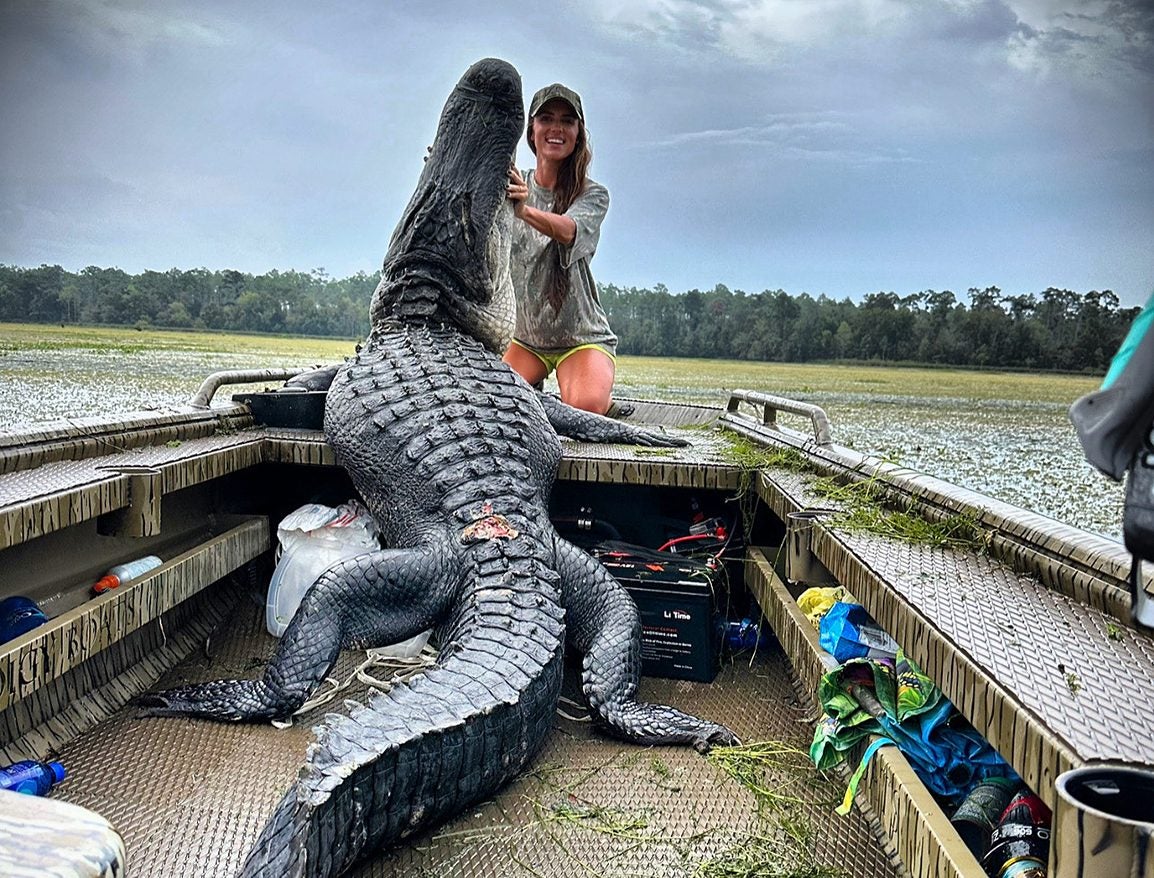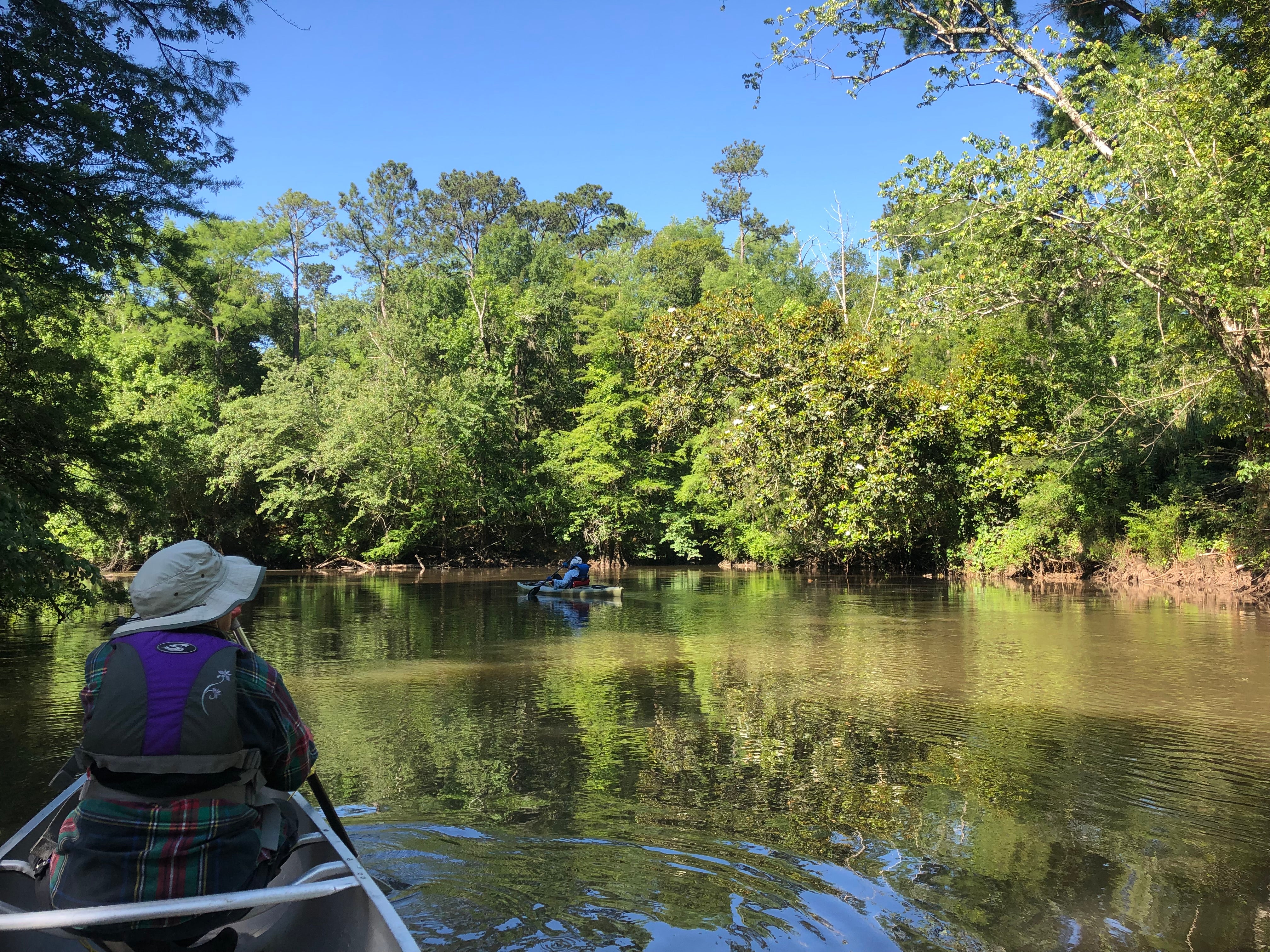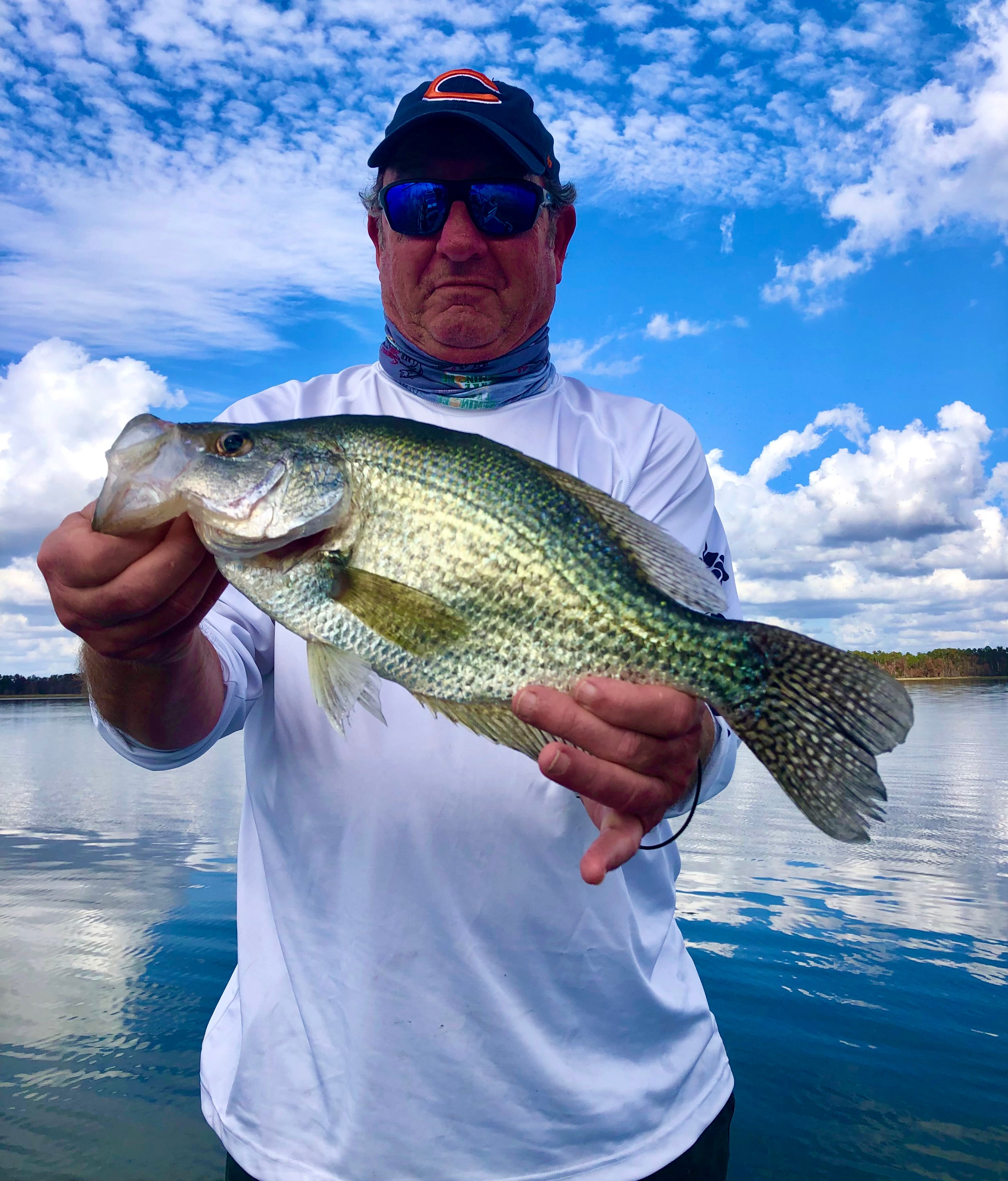What to do about backyard snakes
Published 6:01 am Monday, August 5, 2013
Georgia Department of Natural Resources
Simply hearing the word snake sends shivers up some folks’ spine. However, snakes are an important component of our ecosystem in Georgia because of their major role as both a predator and prey.
Snakes are economically beneficially because they eat rats, mice, and other animals deemed to be pests. Some snakes have been used as bioindicators to assess pollutants in terrestrial or aquatic ecosystems. Snakes can be found in most backyards, parks, and woodlands throughout Georgia. Many species are secretive, spending most of their time underground or under cover.
Active gardeners may occasionally see small ringneck, worm, red-bellied, brown, earth, and crowned snakes. None of these species are much bigger than a large earthworm and do not bite. Several larger snake species also frequent backyards, especially corn and rat snakes, as well as racers. These larger snakes will eat mice, rats, and occasionally birds and their eggs. Snakes often take refuge in piles of brush or firewood. Water snakes, especially banded water snakes, are occasionally found in areas bordering streams, swamps, or farm ponds.
Occasionally, snakes searching for rodents or eggs will take refuge in barns, crawl spaces underneath homes, or sometimes in a home. The best way to keep snakes from entering your home or other building is to prevent snakes and snake food (rodents) from entering your home. Closing up all possible entrance locations is a must. Next, a rodent control program should be put in place to eliminate the food attraction for snakes.
If you already have a snake in your home or other undesirable area, glueboards purchased at almost any hardware, landscaping, home improvement, or department store are quite effective in trapping the uninvited guest for removal from the premises. As a bonus, unwanted rodents may be caught also. Simply staple or nail a 6” by 12” glueboard to a 16” by 24” piece of plywood and place the board in the area the snake is suspected to be.
Use holes cut in the wood to attach a rope so the board easily can be removed without getting too close to the snake. Snakes usually travel next to walls so board placement against a wall is preferred. When trapping any animal, always minimize the chances of catching non-targets like birds, rabbits, squirrels or pets by keeping all pets away from the trap. If you are trapping outside your home, cover the glueboards with a board or box to prevent birds from landing directly on the board. Don’t forget to check the glueboards at least once a day to minimize the time the snakes are trapped.
Snakes can easily be released from the glueboards by pouring cooking oil over the snake. The oil breaks down the glue and the snake can be removed with a stick or pole. Other than some glue residue that will be lost the next time the snake sheds, the snake will be trapped and released unharmed, which is a good thing since all snakes, except venomous ones, are protected in Georgia.




